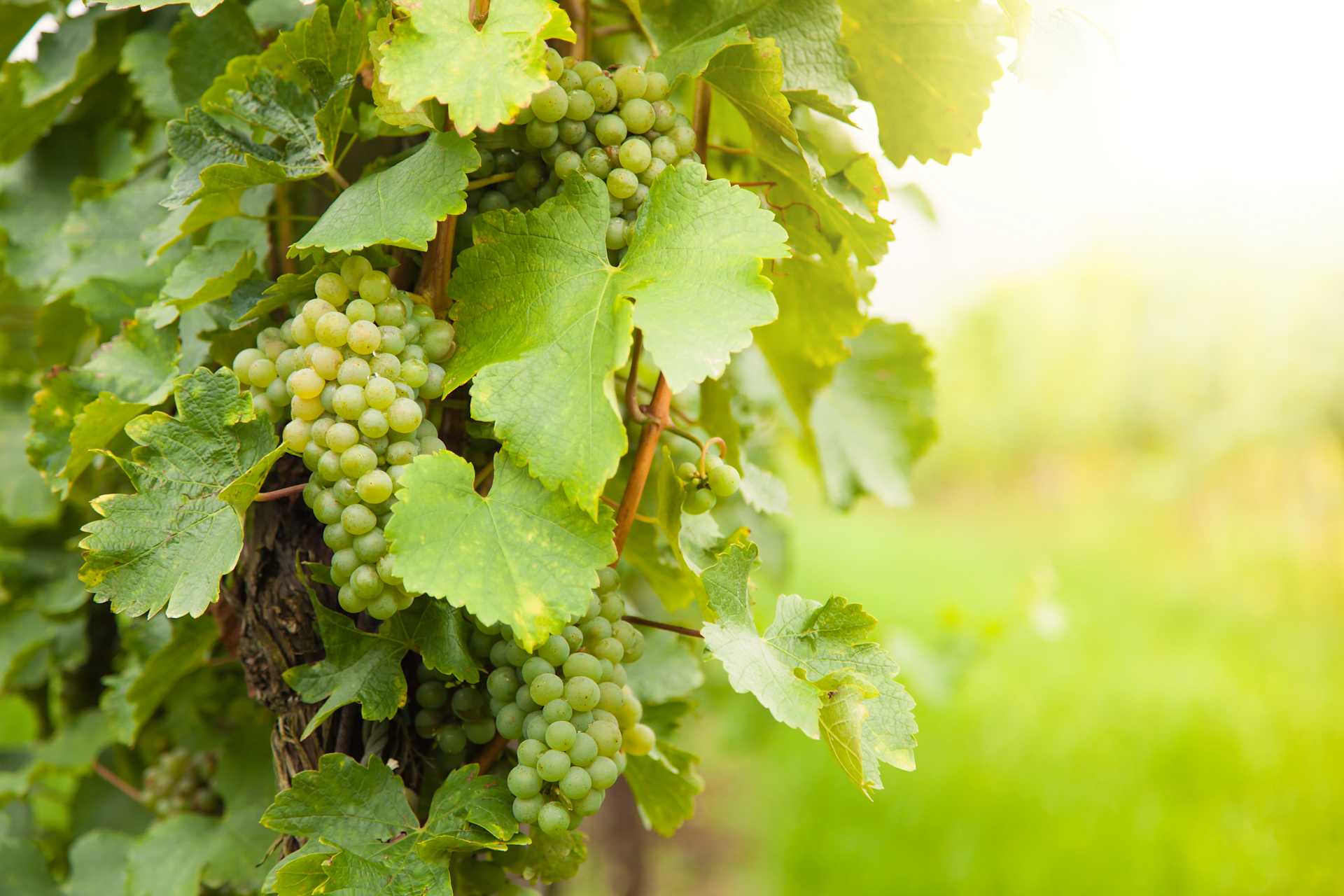Marrone Langhe Tre Fie Arneis 2011


Product Details
Your Rating
Somm Note
Winemaker Notes







Pietro Marrone was born in 1887, to a family that already cultivated grapes for the production of wine. Very passionate and extremely ambitious from an early age, he wanted the family’s grapes to be the finest in the village. In 1910, at the age of 23, he asked his father Edoardo if he could cultivate some vineyards using techniques that were revolutionary at the time: reducing production to prioritize higher quality and avoiding sowing wheat between the rows of vines, which was standard practice at the time. Naturally, the family’s grapes became the finest in the village and gradually all the vineyards were converted to modern cultivation practices.
Carlo was born in 1924 and, along with his brothers Paolo and Michele and their sister Mariuccia, helped his father Pietro to expand the company, both in terms of quantity and quality. Unfortunately, the Second World War came along, bringing with it a forced period away from the vineyards and his loved ones. After the war, Carlo resumed his work in the vineyard and in the cellar with even greater passion than before. The wines became better and better, with some becoming “Pichemej” (“more than better”, in Piedmontese dialect), as Pietro liked to call them when they were really great. The farmhouse became more and more beautiful and began to become known in the village as “Cascina Carlot”, Carlo’s farmhouse.
Gian Piero was born in 1955. The wine gene had become part of the family’s DNA, passed down from generation to generation, so, when he finished high school, he devoted himself to the production of wines with the same passion as his father. Day by day, he made his dream – to present his wines all over the world – come true. The time was ripe to plant native white grapes in the vineyards: Arneis, Favorita and Moscato, in addition to the red varieties Barbera, Dolcetto and Nebbiolo, and of course Nebbiolo for Barbaresco and Barolo.
Gian Piero’s three daughters, Denise, Serena and Valentina, work alongside Gian Piero to achieve increasingly ambitious goals. Valentina is the family’s oenologist; she works to achieve quality every day, with passion and tenacity. Serena handles administration and foreign markets; she is the beating heart of the company’s organization. Denise is the face that greets you upon arrival at the winery. Taking care of hospitality, she is aided by her mother Giovanna in the kitchen and by a dynamic and highly skilled staff. She also takes care of the German-speaking markets. Marco, Serena’s husband, has been part of the family for many years now. He handles some of the company’s most important export markets, such as the Netherlands, Belgium, America and China.

Yielding a dry and subtly scented wine, Arneis is the star white grape of Piedmont. Though the grape has been local to Roero since the 1400s, it didn’t experience real popularity until the 1980s when local demand for white wine exploded. Somm Secret—A few key Roero producers are also focusing on exploring the ageability of high quality Arneis. It is only grown outside of Piedmont to a very limited extent.

Set upon a backdrop of the visually stunning Alps, the enchanting and rolling hills of Piedmont are the source of some of the country’s longest-lived and most sought-after red wines. Vineyards cover a great majority of the land area—especially in Barolo—with the most prized sites at the top hilltops or on south-facing slopes where sunlight exposure is maximized. Piedmont has a continental climate with hot, humid summers leading to cold winters and precipitation year-round. The reliable autumnal fog provides a cooling effect, especially beneficial for Nebbiolo, Piedmont’s most prestigious variety.
In fact, Nebbiolo is named exactly for the arrival of this pre-harvest fog (called “nebbia” in Italian), which prolongs cluster hang time and allows full phenolic balance and ripeness. Harvest of Nebbiolo is last among Piedmont's wine varieties, occurring sometime in October. This grape is responsible for the exalted Piedmont wines of Barbaresco and Barolo, known for their ageability, firm tannins and hallmark aromas of tar and roses. Nebbiolo wines, despite their pale hue, pack a pleasing punch of flavor and structure; the best examples can require about a decade’s wait before they become approachable. Barbaresco tends to be more elegant in style while Barolo is more powerful. Across the Tanaro River, the Roero region, and farther north, the regions of Gattinara and Ghemme, also produce excellent quality Nebbiolo.
Easy-going Barbera is the most planted grape in Piedmont, beloved for its trademark high acidity, low tannin and juicy red fruit. Dolcetto, Piedmont’s other important red grape, is usually ready within a couple of years of release.
White wines, while less ubiquitous here, should not be missed. Key Piedmont wine varieties include Arneis, Cortese, Timorasso, Erbaluce and the sweet, charming Muscat, responsible for the brilliantly recognizable, Moscato d'Asti.
